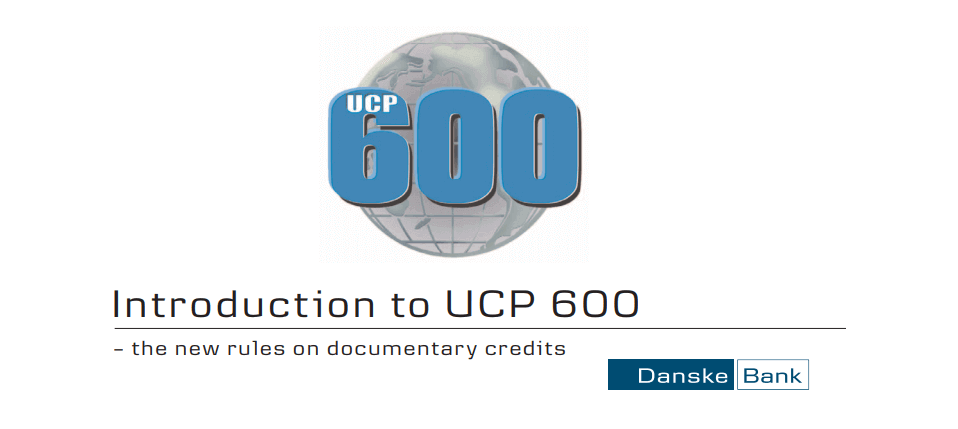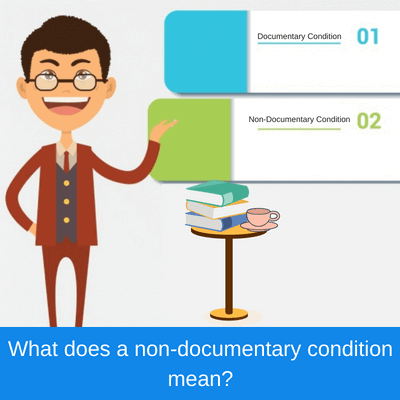UCP 600 is the latest version of the letter of credit rules. It is drafted by ICC Banking Commission and published by ICC Services.
Its full name is 2007 Revision of Uniform Customs and Practice for Documentary Credits, UCP 600, and (ICC Publication No. 600).
All copyrights of UCP 600 belong to the ICC, therefore it is not legal to share it online without permission.
I strongly recommend all letter of credit practitioners to buy an original UCP 600 copy from ICC’s online store.
If you do not know how to buy an UCP 600 copy online, please read my related article: “How to Buy UCP 600 Online“.
On this page I would like to mention Top 4 UCP 600 e-books that has been published by banks for educational purposes.
UCP 600 : Understanding & Application

Written by: Victor Pena
Published by: Citigroup Inc in 2006
This is one of the best UCP 600 e-book that you can find online. UCP 600 : Understanding & Application is written by Victor Pena who was Vice President of Americas Regional Trade Advisor at that time.
This e-book published in 2 parts.
- Part I covers: Overview of UCP 600 Articles (1-16)
- Part II covers: Overview of UCP 600 Articles (17–39)
Introduction to UCP 600 – the new rules on documentary credits

Written by: Trade and Export Finance Team
Published by: Danske Bank in 2007
Very short e-book published by Danske Bank covering the most important changes in UCP 600.
FAQs on documentary credits

Written by:Transcript of Question and Answer Sessions of a Seminar called ‘Leveraging Documentary Credits to Grow Your Trade Business’
Published by:HSBC Bank Middle East Limited, in 2009
Another very important UCP 600 e-book. Gary Collyer, who was the Technical Adviser to the ICC Banking Commission at that time, answered questions raised by delegates delegates attending HSBC’s trade finance seminar.
First 86 questions are related to UCP 600 article by article and remaining 58 questions are general questions regarding the usage of letters of credit.
What is UCP 600?

Written by: ABN AMRO Bank N.V
Published by: ABN AMRO Bank N.V, in 2007
Another short UCP 600 explanatory e-book. Prepared by Abn Amro Bank, which is one of the biggest banks in Holland.
This e-book focuses on important revisions of latest version of the letter of credit rules.
- What is UCP 600? [td_smart_list_end]
Related Articles:
- UCP 600
- Latest Version of UCP: What are the Differences Between UCP 400, UCP 500 and UCP 600
- ISBP: International Standard Banking Practices







